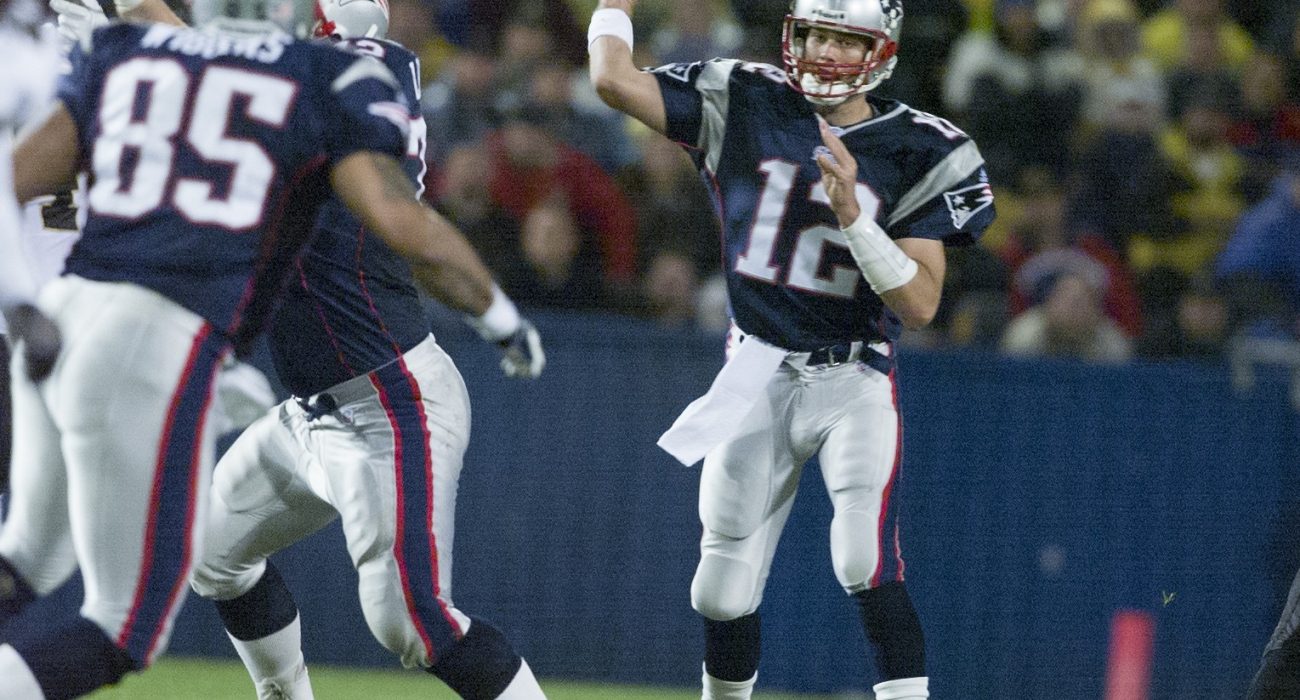Recent Features
The GOAT’s Beginning

Brady win in first of 9 Super Bowls was sign of many great things to come
Continue reading this article and more from top writers, for only $9.99/mo.
Already a TALEGATE Subscriber? Log in here.
Talegate Featured Athlete – Cash Harrell, Opp High School
July 1, 2025
No Comments
Cash Harrell is adamant that he wants to go to The University of Alabama to one day become an electrical engineer. He says he’s not …


